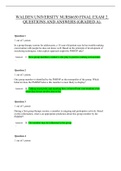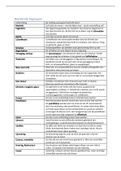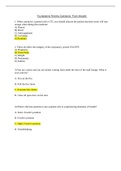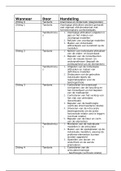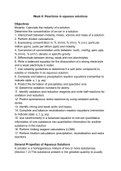Resume
Summary A Political History of the World - History of International Relations (000761)
- Établissement
- Vrije Universiteit Brussel (VUB)
World citizenship and critical thinking are two key objectives of our university and also prioritized in this course. This course is an exploration through three thousand years of world politics. It is an ambitious venture, no doubt, but there is no shortcut. If theory brings you instantly to abstr...
[Montrer plus]






